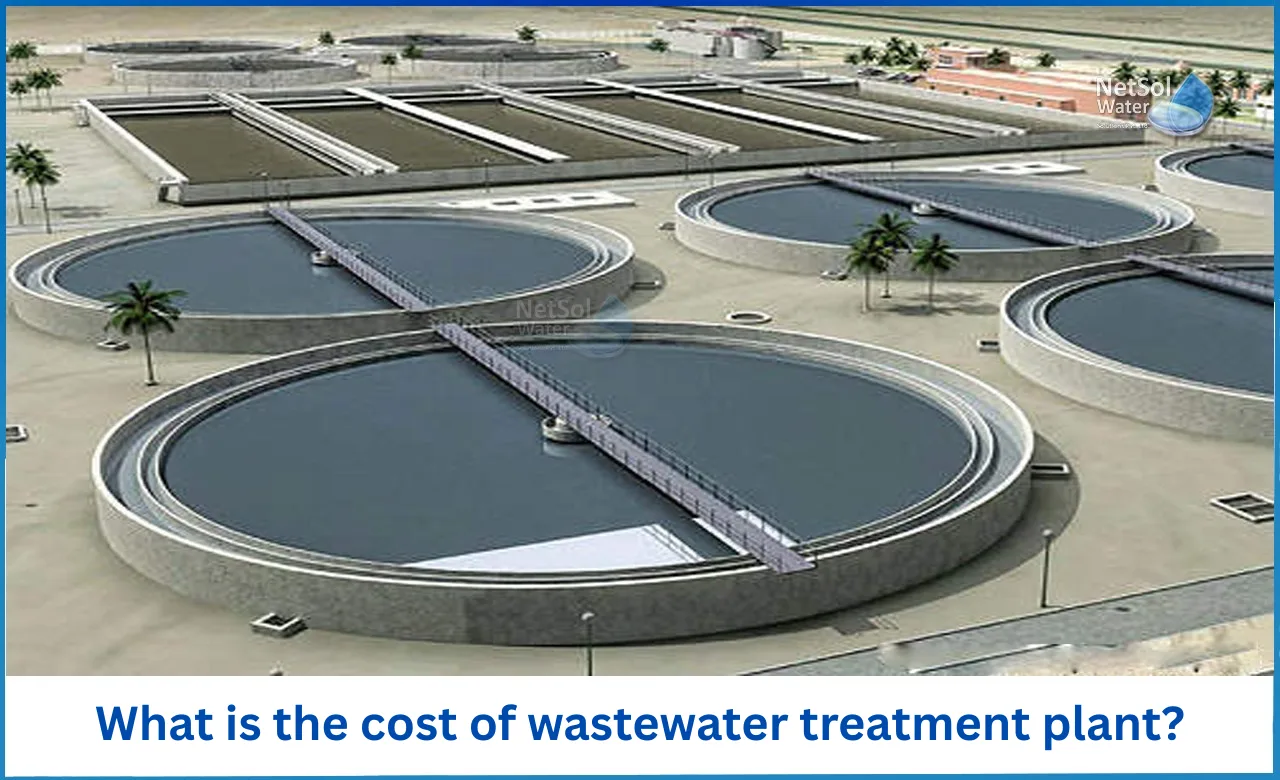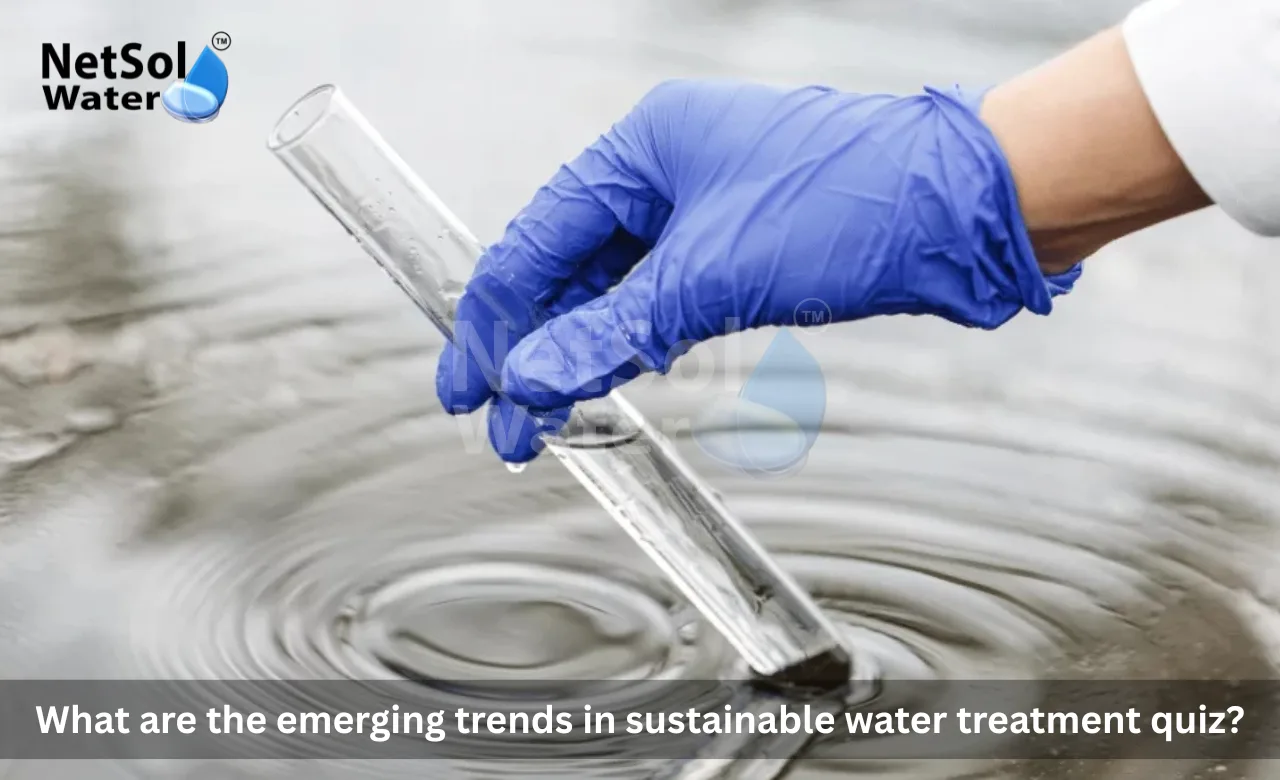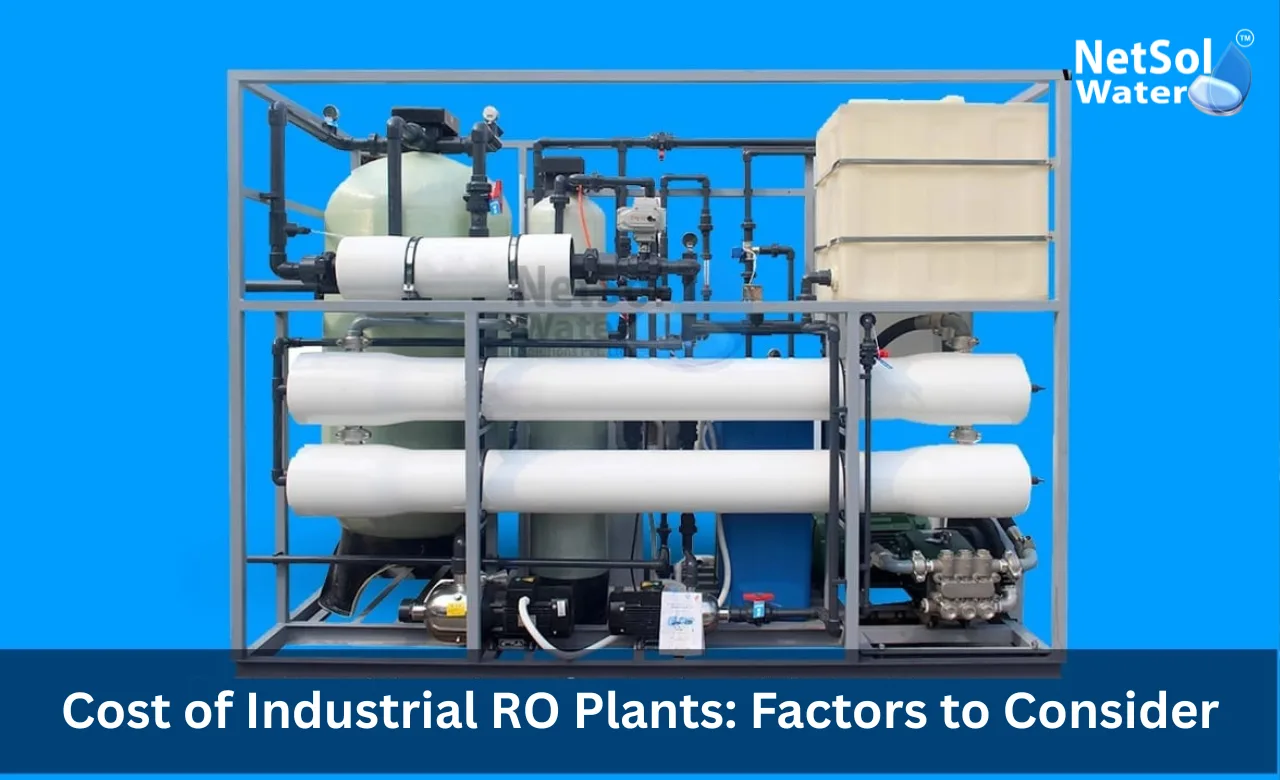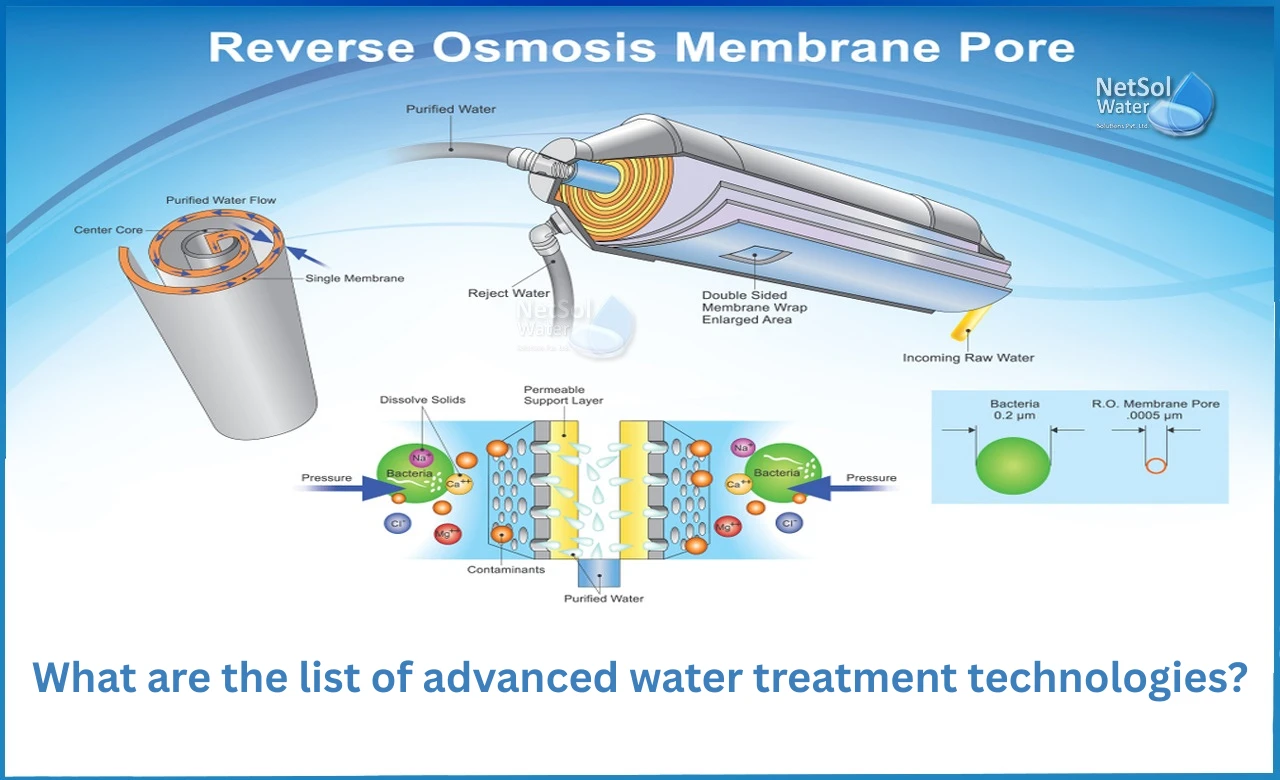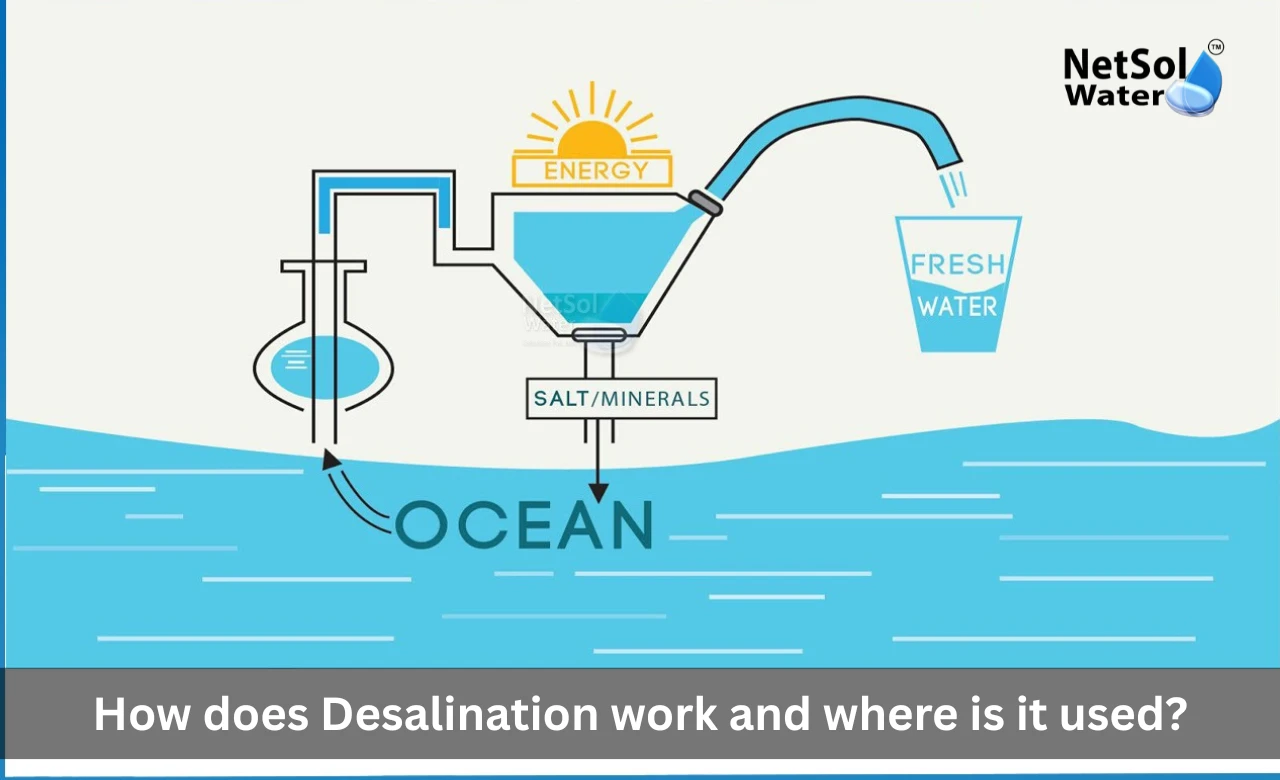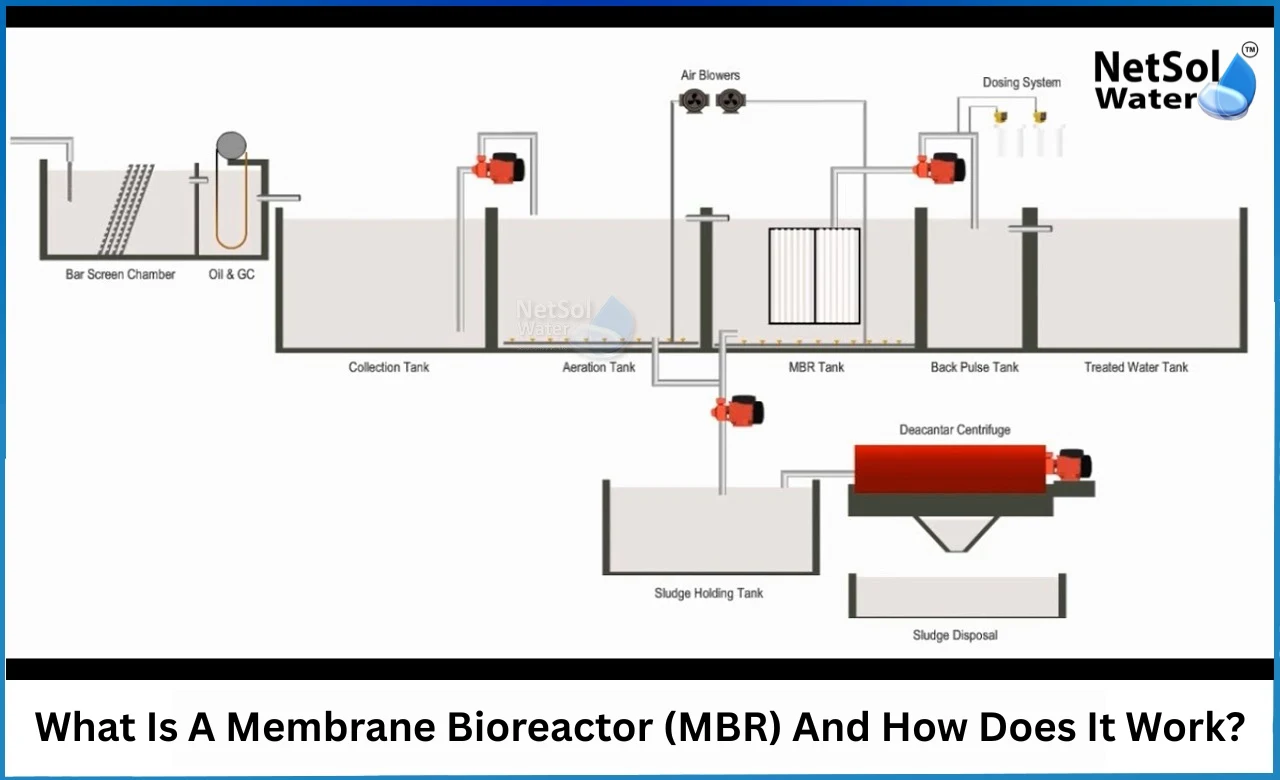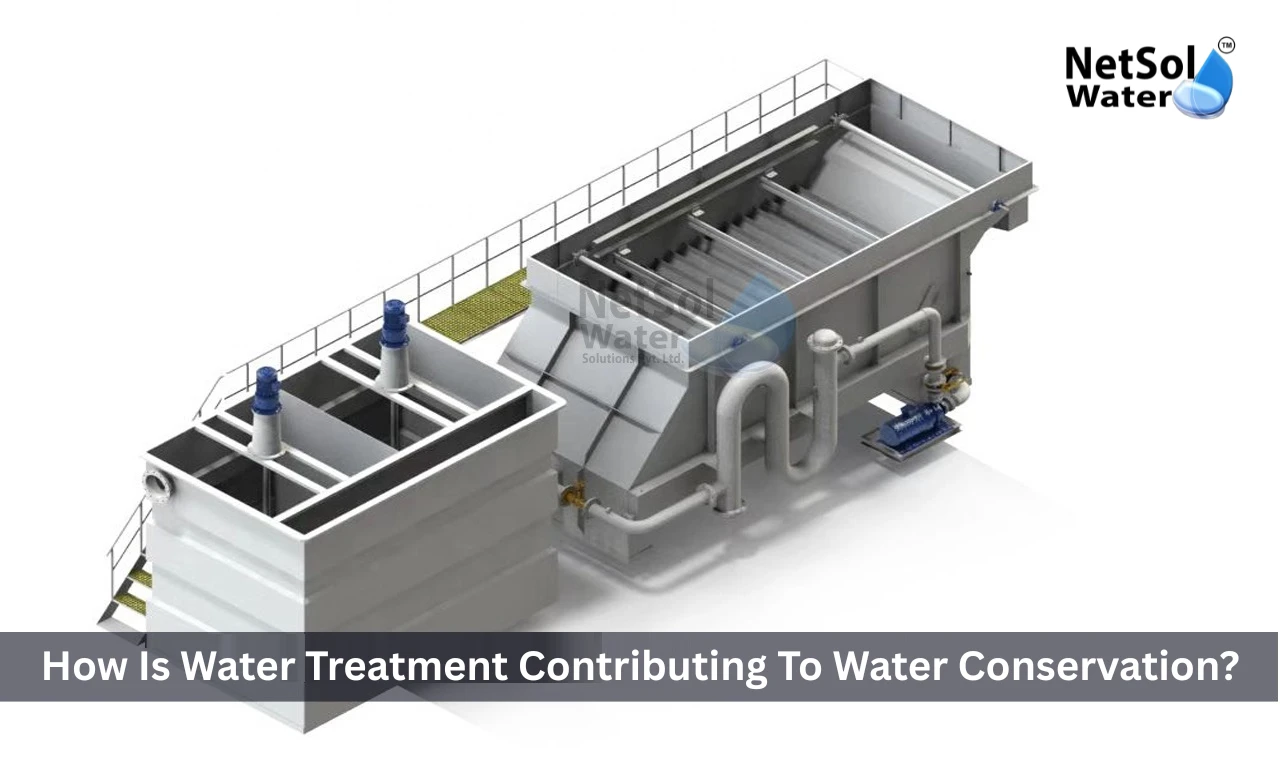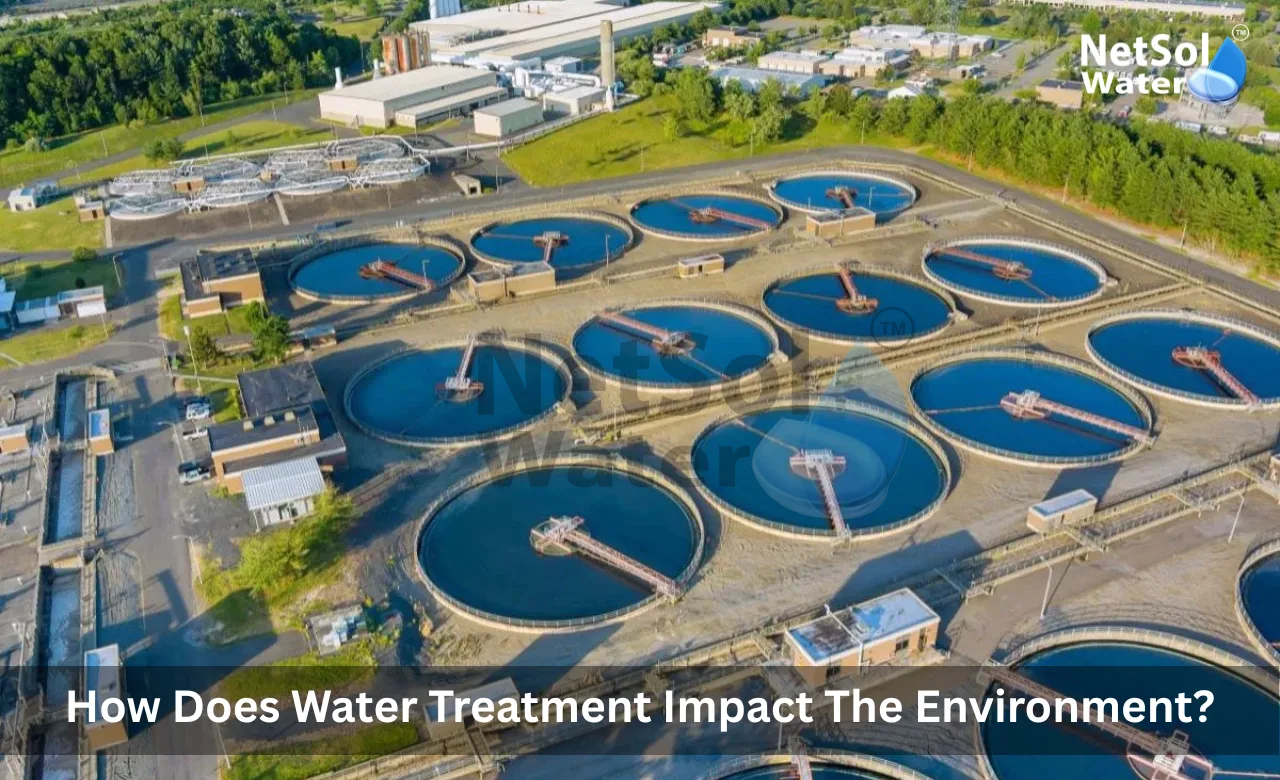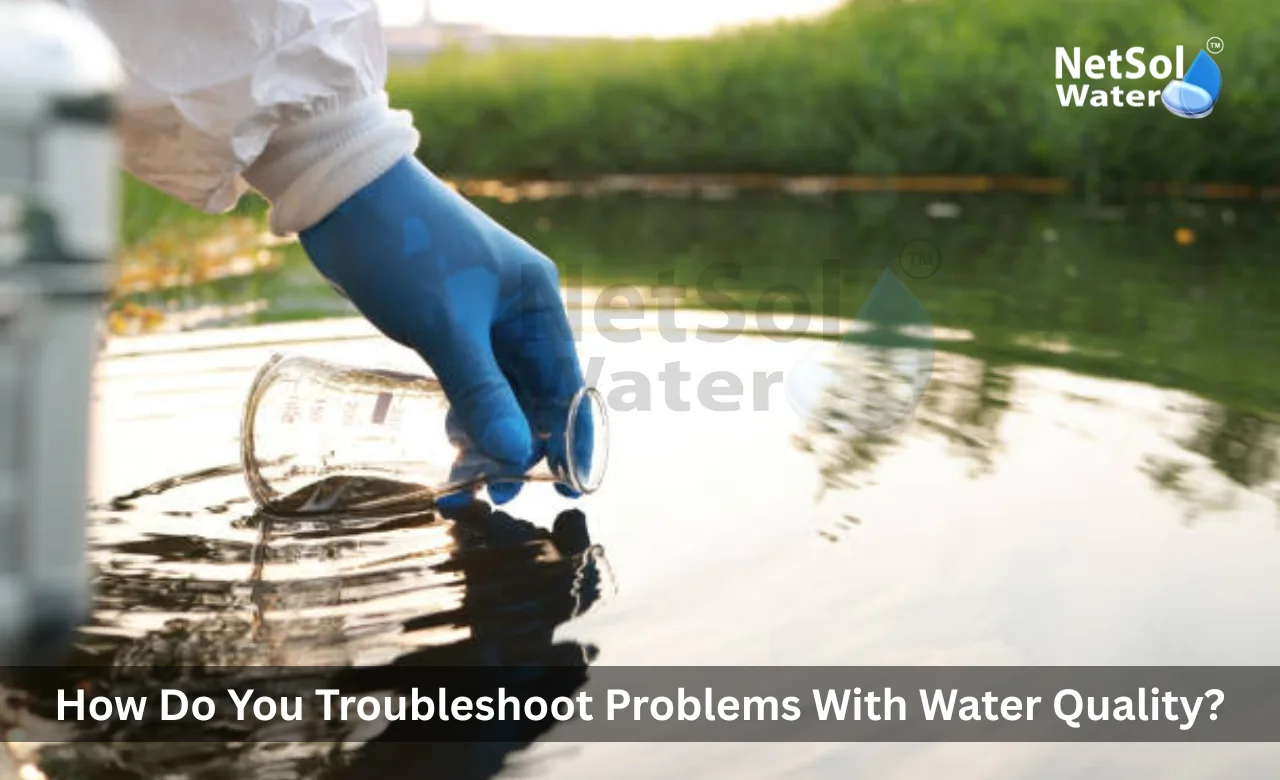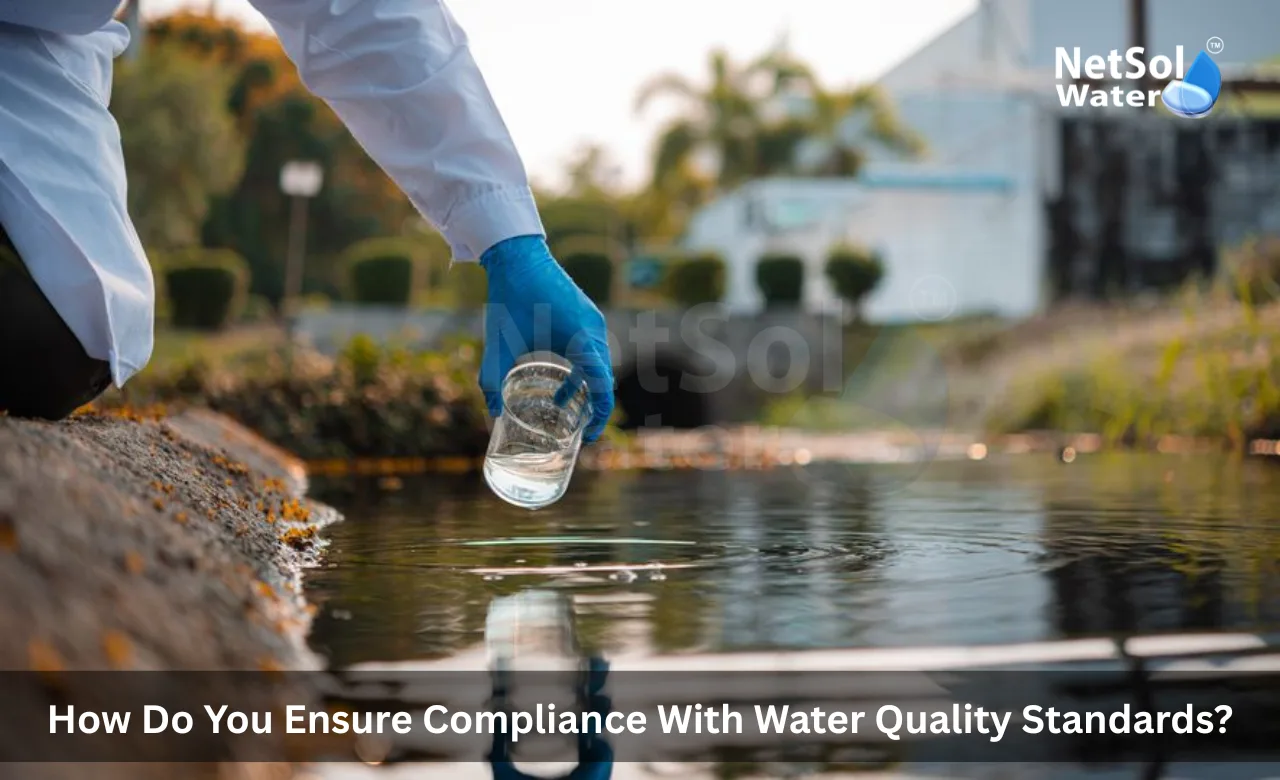What is the cost of wastewater treatment plant?
Wastewater is a growing challenge in India and many other places. Cities and industries need ways to treat water so people stay healthy and the land stays productive. Netsol Water is the leading Wastewater Treatment Plant Manufacturer and it offers solutions that match different budgets and needs.
Factors that affect cost of the Wastewater Treatment Plant
Understanding what affects price helps you choose the right plant. Let us have a look on some factors that affect cost of the Wastewater Treatment Plant.
Plant capacity and flow rate
Plant size matters most for cost. A larger Wastewater Treatment Plant needs bigger tanks pumps and more control equipment. The cost per cubic meter often drops as size grows but the total price rises. Small units for a farmhouse or a small factory will cost less in total but will cost more per unit of treated water. Large municipal plants show better economies of scale but they need more land and stricter approvals. Capacity also links to treatment steps. When a plant must remove many pollutants designers add more reactors filters and sometimes advanced units. Each extra step raises the price and adds to the operation work later on.
Treatment technology and process selection
Technology choice also shapes the investment. Simple gravity and biological systems work for many cases. More advanced systems use membranes chemical dosing or intensive aeration and they cost more to build and to run. The level of treatment you need decides the technology. If you must meet strict discharge standards you may need tertiary treatment steps that include filtration disinfection or nutrient removal. Each added process increases both capital cost and maintenance work. Activated sludge systems use tanks and aeration. They fit many municipal and industrial sites and they balance cost and performance. Sequencing batch reactors handle variable flow without complex pipe work and they can save space. Membrane bioreactors give very good effluent quality but they use more power and membrane replacement raises annual cost. For industrial waste streams you may need chemical treatment or special biological systems that handle oil chemicals or high salt. Those setups require special design and higher budgets.
Capital cost versus operating cost for a Wastewater Treatment Plant
Buyers must see both the initial price and the cost to run the plant. Let us have a look on some elements that shape ongoing cost.
Initial capital cost and what it covers
Initial capital covers design, civil work, equipment and installation. Civil work includes excavation concrete foundations and building a safe area for the plant. Equipment includes tanks blowers pumps mixers screens and control panels. Installation ties everything together and includes testing and commissioning. Site preparation and permits can also add to the initial bill. Land cost can be a major part of the budget when the plant needs more area. When you compare offers check what each supplier includes in the quoted price. Some quotes cover complete delivery and testing while others list only equipment. Choosing a manufacturer like Netsol Water helps because they handle design procurement and commissioning in one package.
Operation and maintenance cost
Operation and maintenance form the long term cost. Energy drives most of the operating bill. Pumps blowers and heaters can use a lot of power. Labor also adds regular cost because trained staff must run and monitor the system. Routine supplies include chemicals and filter media and these add up each month. Some technologies need costly parts replaced on a fixed schedule. Membranes sensors and certain mechanical parts show steady wear and need planned replacement. Regular maintenance keeps the plant efficient and prevents breakdowns that raise cost. Good design reduces energy use and simplifies maintenance so the yearly bill stays lower. Choosing energy efficient blowers and variable speed pumps cuts power use. Automation reduces manual checks and prevents human error. Scheduled maintenance avoids emergency repairs and extends equipment life. Training local staff speeds repairs and reduces the need to call outside technicians. All these moves cost less than repeated emergency fixes and save money over the life of the plant.
Read some interesting information for Commercial RO Plant Manufacturer
Conclusion
Choosing the right Wastewater Treatment Plant needs a clear view of both the initial price and the long term cost. Net savings come from correct sizing careful technology choice and good operation. Netsol Water can help you compare options and prepare a realistic budget. If you want a consultation or a site estimate, please contact Netsol Water for a direct discussion. We can guide you to select the right plant and provide a full quote that covers supply installation and training. Reach out today to plan a solution that fits your need and your budget.
Contact Netsol Water at:
Phone: +91-9650608473
Email: enquiry@netsolwater.com

